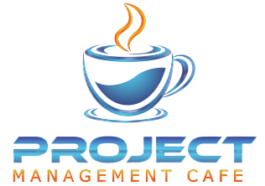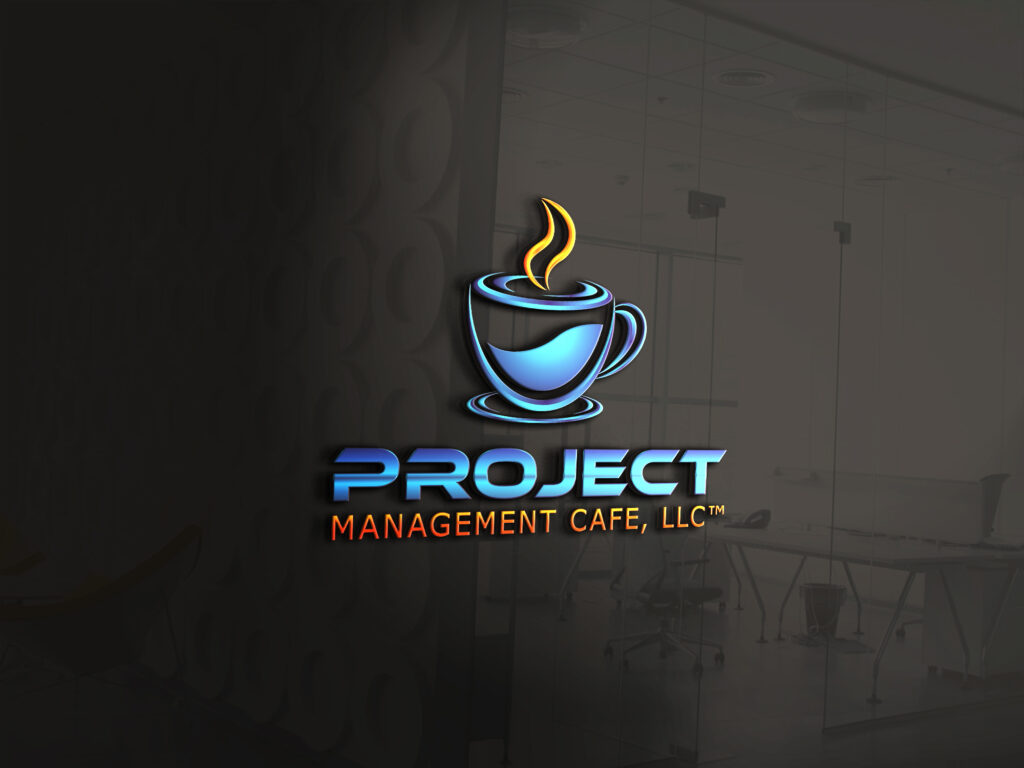I’m excited to present an article of mine that was published by DM Review on Knowledge Management. While re-reading the article prior to posting to this blog I was surprised to find that many of the topics are still very applicable today. I hope you’ll enjoy reading the article as much as I enjoyed writing it. Also, feel free to share your experiences with knowledge management and let me know what topics you’d like me to consider when writing my next blog.
Scott Davidson MBA, PMP
————————————————————————————————————————–



It seems that each time a new buzzword surfaces, it is accompanied by a diverse array of angles on what it is and how it is best defined. Knowledge management (KM) is one term that in recent months has come to the forefront of information technology initiatives, and it has more definitions than one could imagine. Some say that it’s nothing more than a new form of document management that incorporates a storage component and an information distribution mechanism. It’s actually much more than that. Perhaps one of the best available explanations of knowledge management comes from Gartner Group (http://www.gartner.com/), a Stamford, Connecticut-based IT advisory firm: “Knowledge management promotes an integrated approach to identifying, capturing, retrieving, sharing and evaluating an enterprise’s information assets. These information assets may include databases, documents, policies and procedures, as well as the uncaptured tacit expertise and experience stored in individual workers’ heads”.
Following is a general overview of knowledge management, including discussion of the repository-based approach, perhaps the best methodology for successful knowledge management.
Where Has Technology Brought Us?
It is important to understand that until now, turning data into information has been addressed by technology: (Data + Context = Information). Due to technology advances including the Web, organizations are now beginning to address the integration of repository, document, groupware, intranet/Internet/extranet, workflow and search tool applications. This integration helps them manage not only information, but also the ways in which people will learn and leverage the information and share it with others. Thus, Information + Experience = Knowledge.
In the last few years, several products have fueled the fire of knowledge management, such as Lotus Notes and its companion, Domino, with its groupware functionality, and the Web with its distribution functionality. Soon enough, expect to see suites of robust products that provide integrated solutions.
Keep in mind, knowledge management is not entirely new. Those of you who carry a binder in which to record your daily events and conversations are practicing a simple form of knowledge management. You can go back through your logs and identify key occurrences. Imagine taking this to a higher level and using this within your organization. Think of all the possibilities and competitive advantages this would provide.
How Businesses Benefit from KM
If knowledge management were applied throughout an enterprise, companies would have the ability to answer complex questions in a short period of time. Thus, companies could benefit from the faster time-to-market and better-quality products and services that result when knowledge is turned into capital. In their book, Working Knowledge: How Organizations Manage What They Know, authors Dr. Thomas H. Davenport and Laurence Prusak cite some examples where knowledge management could have delivered dramatic benefit:
- When a new team of Ford Motor Company engineers decided that it wanted to recreate the design process that resulted in the introduction of the Taurus – one of the most successful new-car launches in Fords’ history – team members found that no one had developed written records of the process. The secrets were lost.
- International Harvester, asked to build a factory in Russia because it had so successfully built one there 20 years before, could not find anyone in the organization familiar with the first project, let alone any written record of it.
If knowledge management had been deployed in these two examples, the ability to address issues more efficiently would be realized. The companies would not have had to allocate valuable time, cost and human resources to reinvent processes that had proven themselves in the past.
Identifying the “Who” and the Components Involved
It is the role of knowledge management to connect two components that make up the “who,” knowledge owners and knowledge seekers. The knowledge of one is transferred to the mind of the other, so that a new decision can be made or a situation handled. Knowledge management provides a means to capture and store passing knowledge and broker it to the appropriate individuals.
It is also critical to differentiate between two types of knowledge, explicit knowledge and tacit knowledge. The latter is the more valuable.
Tacit knowledge is more hypothetical, subjective, personal and substantially more difficult to communicate. Tacit knowledge is the primary focus of many knowledge management initiatives, because it is the repository of an organization’s most strategically valuable knowledge.
The primary challenge of addressing explicit knowledge is managing its volume to ensure its relevance. A common deficiency facing organizations is information overload, as the levels of explicit knowledge become so overwhelming that it cannot be appropriately filtered. It is the management of explicit knowledge on which most organizations are focused.
But as organizations make advancements in knowledge management, they realize that managing tacit knowledge is even more strategic. The challenge of managing tacit knowledge is formulating it into a communicable form and distributing it to the knowledge seeker.
KM Applications Classified
Carl Frappaolo, executive vice president of The Delphi Group, and Wayne Toms, principal researcher for The Delphi Group’s Insight Series Report on KM, have broken KM into five key applications The five functions performed by knowledge management solutions are:
- Intermediation, orthe brokering of knowledge transfer between an appropriate knowledge provider and knowledge seeker to effectively match a knowledge seeker with the optimal source of knowledge.
- Externalization, or the transfer of knowledge from the minds of its holders into an external repository to provide for knowledge sharing.
- Internalization, or the extraction of knowledge from the external repository and the filtering of that knowledge to provide greater relevance to the knowledge seeker.
- Cognition, or the function of systems to make decisions based on available knowledge; the application of knowledge that has been exchanged through the preceding three functions.
- Measurement, orall knowledge management activities that measure, map and quantify corporate knowledge and the performance of knowledge management solutions.
KM Technologies Classified
Carl Frappaolo and Wayne Toms also state that, “It is important to appreciate that within each of the categories, there is room for older, traditional tools to fit the definitions. But, knowledge management solutions are not merely combinations of existing technologies.” A knowledge management solution should exhibit the following characteristics:
- Context sensitivity. The solution should be able to “understand” the context of the knowledge requirement and tailor the knowledge accordingly. For example, it should understand the difference between animal reproduction and document reproduction and respond differently in each case.
- User sensitivity. The solution should be able to organize the knowledge so it is most useful to the specific knowledge seeker.
- Flexibility. The solution should be able to handle knowledge of any form, including different subjects, structures and media. It should be able to handle forms that do not yet exist. For example, if I want to learn about gramophone records, it should supply me with knowledge on the technology as well as purchase trends and examples of famous recordings.
- Be heuristic. The solution should learn about both its users and the knowledge it possesses as it is used. Over time, its ability to provide users with knowledge should thus improve. For example, if the solution deals with many requests on a particular subject, it should learn how to assist users in more depth on that subject.
- Be suggestive. The solution should be able to deduce what usersµ knowledge needs are and suggest knowledge associations that the users themselves are unable to.
Pursuing a Successful Knowledge Management Effort
If you read between the lines in most knowledge management books and articles, you will find repeated references to knowledge management as databases working with repository systems using GUI front-ends that are scalable, searchable and shareable, and that store many information types. An emerging trend shows that repository-based technologies prove most effective in establishing knowledge management solutions throughout an enterprise.
Thomas H. Davenport devotes an entire chapter addressing what type of knowledge management initiatives early adopters have pursued to date. In Working Knowledge: How Organizations Manage What They Know, Dr. Davenport mentions: “We looked at thirty-two or thirty-three knowledge-management projects. About eighty percent of them were some form of knowledge repository, either document-oriented; in some cases, discussion repositories; or the third type, repositories of expertise.” Again, the emphasis is on repository-based technology solutions.
There are many repository-based technologies available in the market today. Whether you decide to buy a shrink-wrapped product or develop an in-house repository solution that references information from other applications, defining your business requirements will dictate your direction. Once you have a direction, you will be well on your way to providing your organization with an effective form of knowledge management.
Taking on such a project requires a focused effort. Prioritize which area would benefit the most from knowledge management. Break the effort into smaller, manageable 3-4 month blocks to show progress and that you’re providing added value. PLATINUM technology‘s consulting organization, for example, utilizes the Zachman Framework, along with other methodologies, to provide the focus needed to pursue an enterprise-wide project of this type for our clients.
You will find over time that as you apply a methodology and document the process along the way, it builds knowledge management for each process as it is compiled. So, when you complete a particular knowledge management phase, you can review the resources from the previous project, come away with the best practices and replicate the efforts with the next knowledge management project or phase. This is where the true capitalization of knowledge management will be realized by time savings and cost reductions.
Scott Davidson, a seasoned data warehouse consultant with PLATINUM technology’s Information Management Consulting division, has developed substantial expertise in the field of knowledge management. A graduate of the University of Illinois-Chicago with a degree in information decision sciences, Davidson is now applying his client/server, data modeling, data rationalization, data warehouse and meta data management expertise to advancing knowledge management to help companies protect their most valuable asset: intellectual capital.
Website Citation:
Davidson, S. E. (Volume 1, Issue 9, November 1998). Knowledge Management – An Overview; By Scott Davidson. Retrieved 6/11/1999, from https://www.information-management.com/news/knowledge-management-im904

